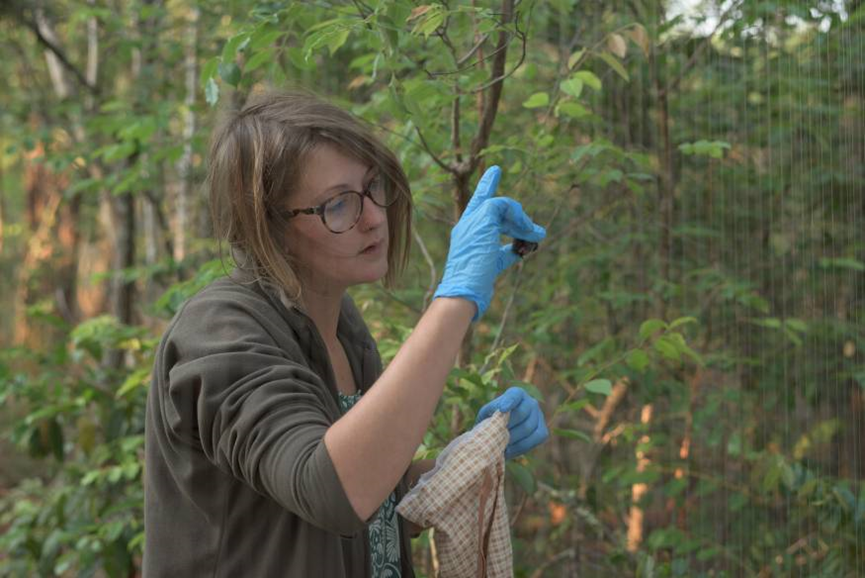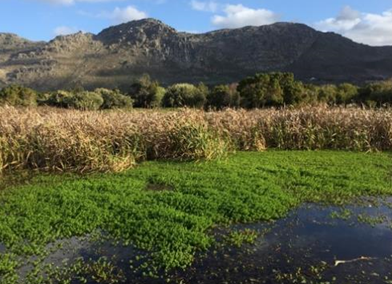The dual purpose of Guava invasion in Vhembe Biosphere Reserve
A new study by C∙I∙B Core Team member Sheunesu Ruwanza and co-author Gladman Thondhlana assessed the perceptions, knowledge, and uses of guava to rural communities in the Vhembe Biosphere Reserve, South Africa.





